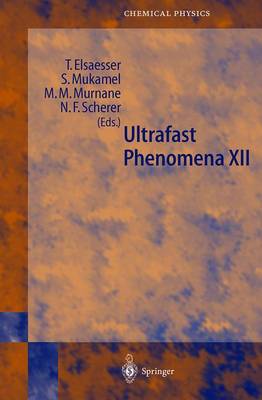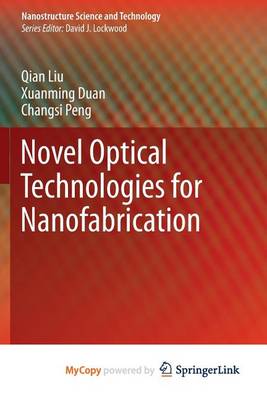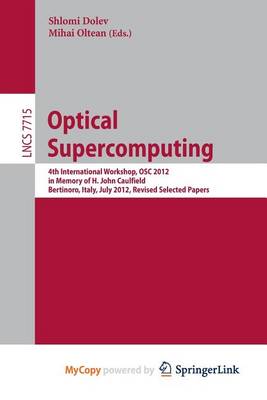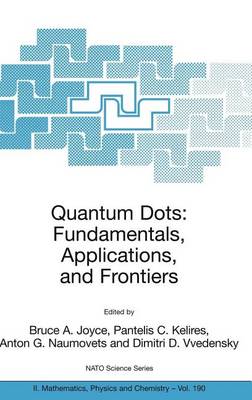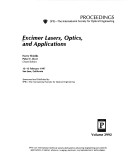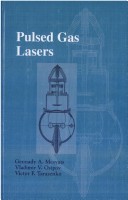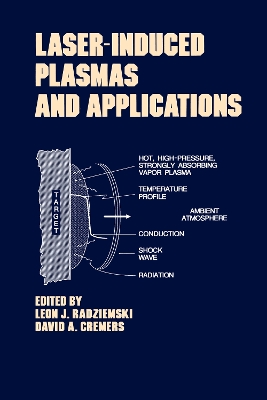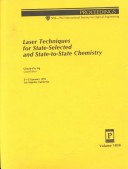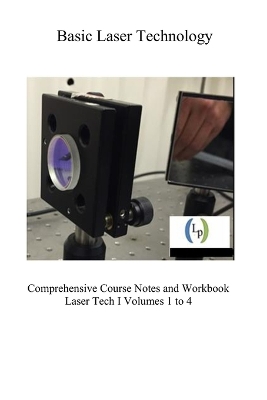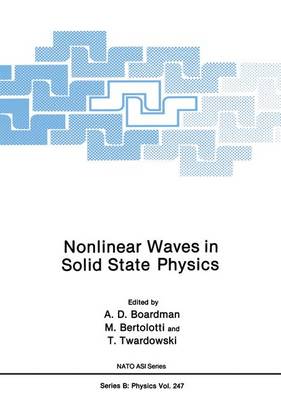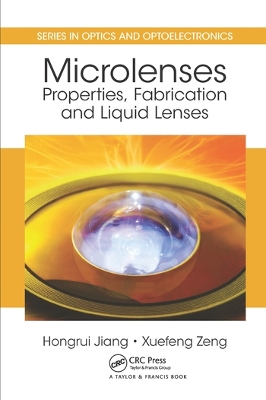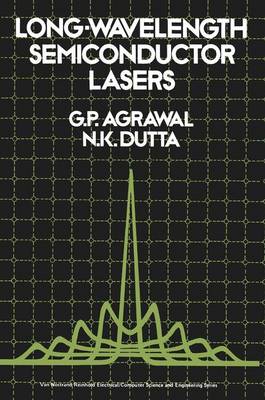Ultrafast Phenomena (Springer Series in Chemical Physics, v. 66)
This book presents the latest advances in ultrafast science, including ultrafast laser and measurement technology as well as studies of ultrafast phenomena. Pico- and femtosecond processes relevant in physics, chemistry, biology and engineering are presented. Ultrafast technology has had a profound impact in a wide range of applications, among them imaging, material diagnostics and transformation and high-speed optoelectronics. This book summarizes the results presented at the 12th Ultrafast Phe...
Novel Optical Technologies for Nanofabrication (Nanostructure Science and Technology)
by Qian Liu, Xuanming Duan, and Changsi Peng
Novel Optical Technologies for Nanofabrication describes recent advances made in micro/nanofabrication with super-resolution laser technologies, which are based on the latest research findings in the authors' groups. It focuses on new techniques and methods as well as applications and development trends in laser nanofabrication, including super-resolution laser direct writing, surface structures composed of laser path-guided wrinkle, three-dimensional laser nanofabrication based on two-photo...
Interaction of Ultrashort Electromagnetic Pulses with Matter (SpringerBriefs in Physics)
by Valeriy Astapenko
The book is devoted to the theory describing the interaction of ultra-short electromagnetic pulses (USP) with matter, including both classical and quantum cases. This theme is a hot topic in modern physics because of the great achievements in generating USP. Special attention is given to the peculiarities of UPS-matter interaction. One of the important items of this book is the derivation and applications of a new formula which describes the total photo-process probability under the action of U...
Optical Supercomputing (Lecture Notes in Computer Science, #5882) (Theoretical Computer Science and General Issues, #5172)
OCS, the International Workshop on Optical SuperComputing, is a new annual forum for research presentations on all facets of optical computing for solving hard computation tasks. Optical computing devices have the potential to build the very next computing infrastructure. Given the frequency limitations and cross-talk phenomena, as well as the soft-errors, of electronic devices on one hand, and the natural parallelism of optical computing devices, as well as the advances in ?ber optics and optic...
Handbook of Laser Technology and Applications (Handbook of Laser Technology and Applications, #2)
This comprehensive handbook gives a fully updated guide to lasers and laser systems, including the complete range of their technical applications. The first volume outlines the fundamental components of lasers, their properties and working principles. The second volume gives exhaustive coverage of all major categories of lasers, from solid-state and semiconductor diode to fiber, waveguide, gas, chemical, and dye lasers. The third volume covers modern applications in engineering and technology, i...
Solid State Lasers XIII (Proceedings of SPIE)
Proceedings of SPIE present the original research papers presented at SPIE conferences and other high-quality conferences in the broad-ranging fields of optics and photonics. These books provide prompt access to the latest innovations in research and technology in their respective fields. Proceedings of SPIE are among the most cited references in patent literature.
Laser Diodes and Leds In Industrial Measurement Imaging and Sensors Applications Ii-3945
by Burnham
Lasers-Induced Plasmas and Applications (Optical Science and Engineering, #21)
by Leon J. Radziemski
This book discusses the physics of plasma initiation and reviews the features of dissipating, propagating plasmas. It deals with advances in diagnostics for high-energy, laser-fusion plasmas. The book reviews the basic physical processes, plasma characteristics of the "continuous optical discharge".
Sprache Und Sprachdenkmaler Der Langobarden
by Harold Earl Bennett and Karl Remigius Meyer
Laser Optics 2010
More than three decades ago, lasers put the power of the photon in our grasp, but the Age of Optics has only just begun. In "Lasers", the authors describe how excited electrons inside lasers release photons, which are focused by mirrors into a single, potent beam of light. Laser beams are concentrated energy and extremely versatile - they can repair a damaged eye, play a compact disc, or carry a telephone conversation across the ocean. The final chapters consider the very latest applications and...
High Energy/average Power Lasers and Intense Beam Applications IV
by Steven J Davis
Progress in Ultrafast Intense Laser Science, Volume III. Springer Series in Chemical Physics 89
by Kaoru Yamanouchi, See Leang Chin, Pierre Agostini, and Gaetano Ferrante
Nonlinear Waves in Solid State Physics (NATO Science Series B, #247)
This book is based on the contributions to the 17th International School of Materials Sci- ence and Technology, entitled Nonlinear Waves in Solid State Physics. This was held as a NATO Advanced Study Institute at the Ettore Majorana Centre in Erice, Sicily between the st th 1 and 15 July 1989, and attracted almost 100 participants from over 20 different countries. The book covers the fundamental properties of nonlinear waves in solid state materials, dealing with both theory and experiment. The...
Microlenses (Series in Optics and Optoelectronics)
by Hongrui Jiang and Xuefeng Zeng
Due to the development of microscale fabrication methods, microlenses are being used more and more in many unique applications, such as artificial implementations of compound eyes, optical communications, and labs-on-chips. Liquid microlenses, in particular, represent an important and growing research area yet there are no books devoted to this topic that summarize the research to date. Rectifying this deficiency, Microlenses: Properties, Fabrication and Liquid Lenses examines the recent progres...
Long-wavelength Semi-conductor Lasers (Van Nostrand Reinhold Electrical/Computer Science and Engineering)
by G.P. Agrawal and Noloy K. Dutta
Since its invention in 1962, the semiconductor laser has come a long way. Advances in material purity and epitaxial growth techniques have led to a variety of semiconductor lasers covering a wide wavelength range of 0. 3- 100 ILm. The development during the 1970s of GaAs semiconductor lasers, emitting in the near-infrared region of 0. 8--0. 9 ILm, resulted in their use for the first generation of optical fiber communication systems. However, to take advantage of low losses in silica fibers occur...
